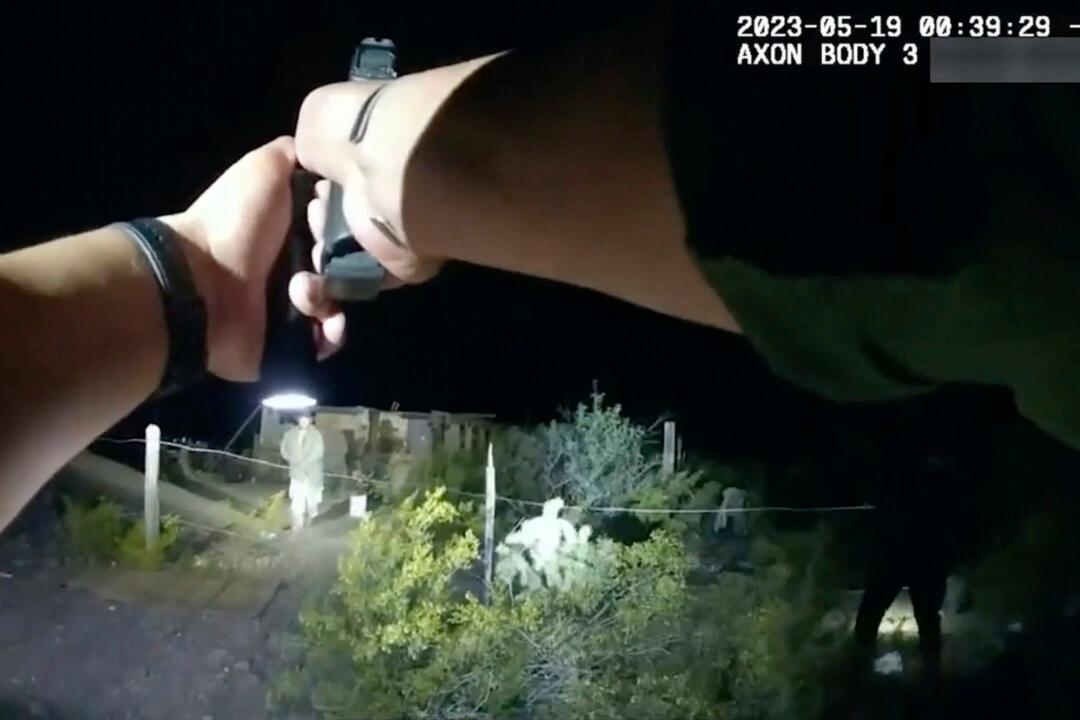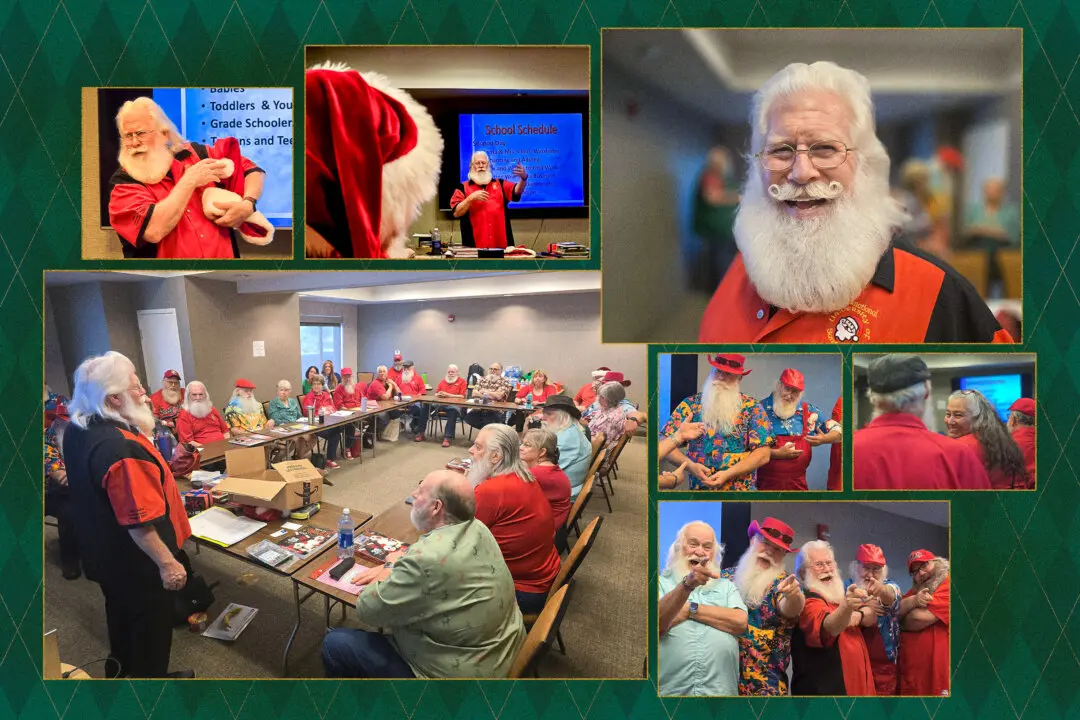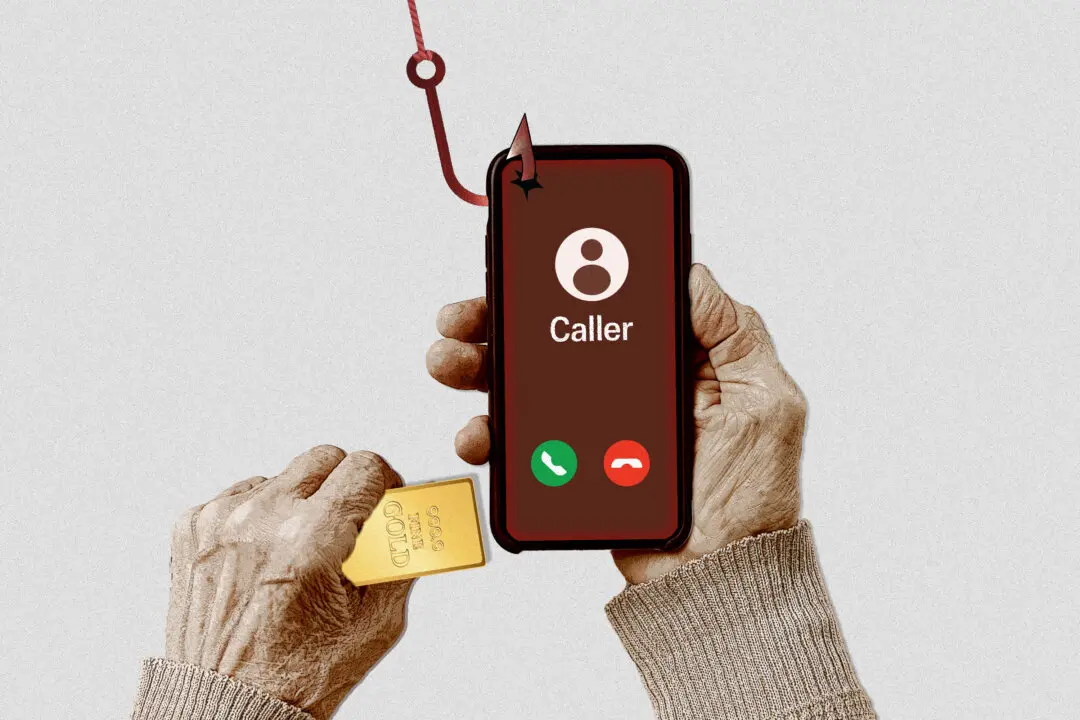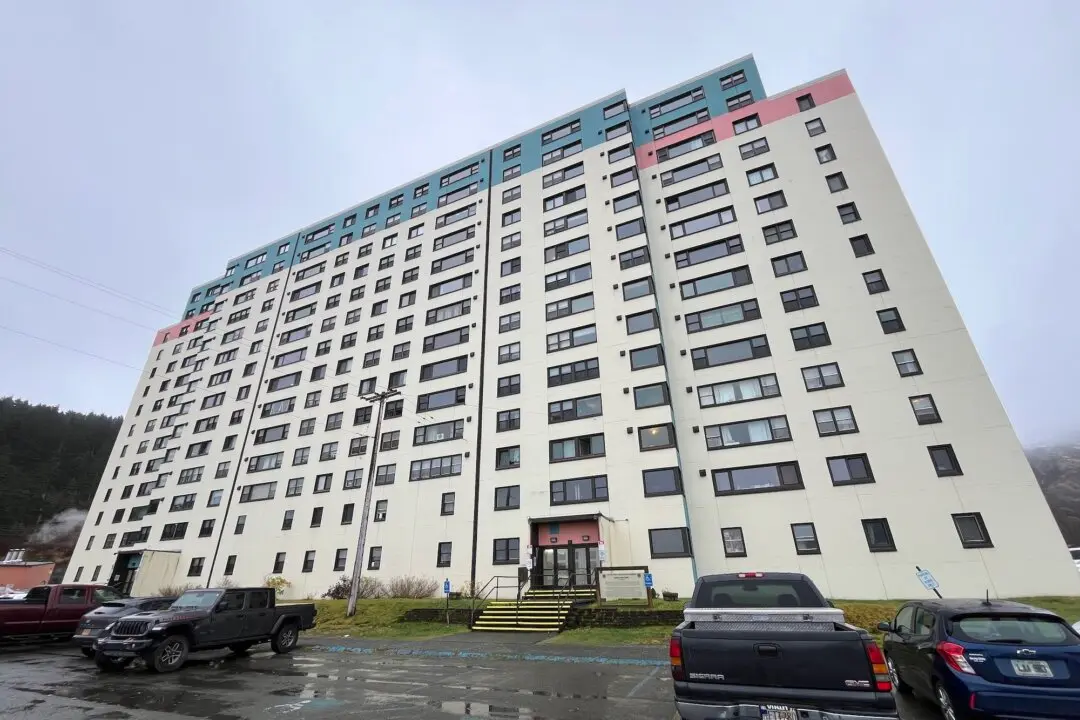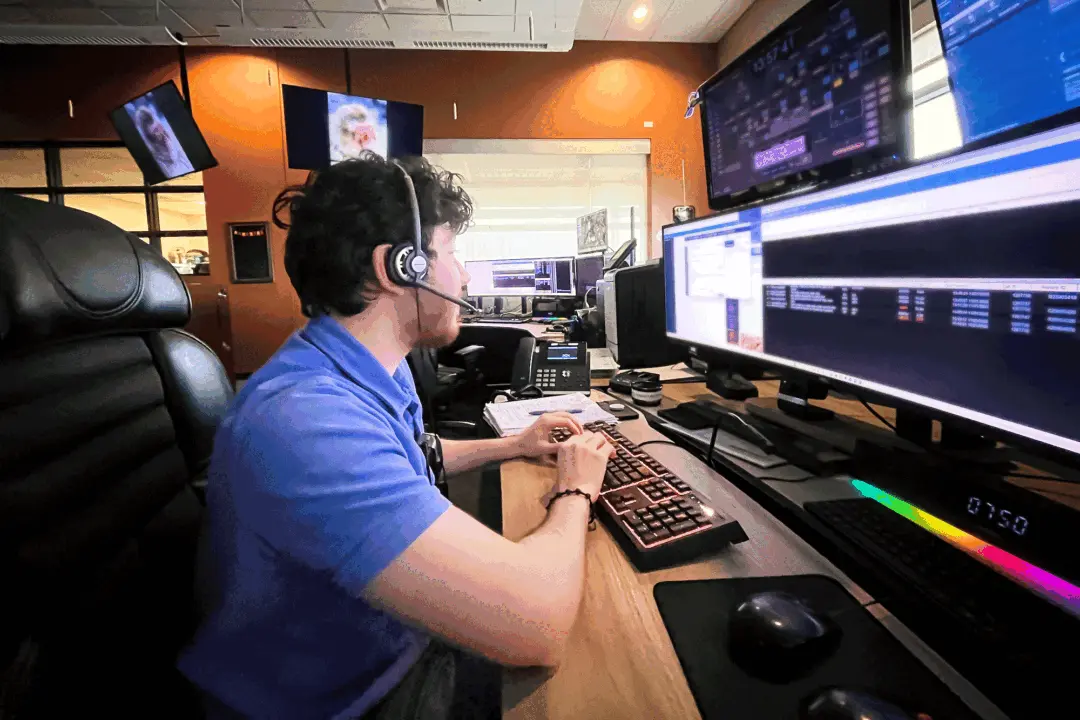Tohono O'odham Nation leaders say they plan to seek redress for an “unjust” decision by federal prosecutors not to file charges against Border Patrol, who shot and killed a senior tribal member in his front yard on May 18.
U.S. Attorney’s Office representatives recently met with the family of deceased shooting victim Raymond Mattia, 58, in Sells, Ariz., to explain the decision after a five-month investigation.
